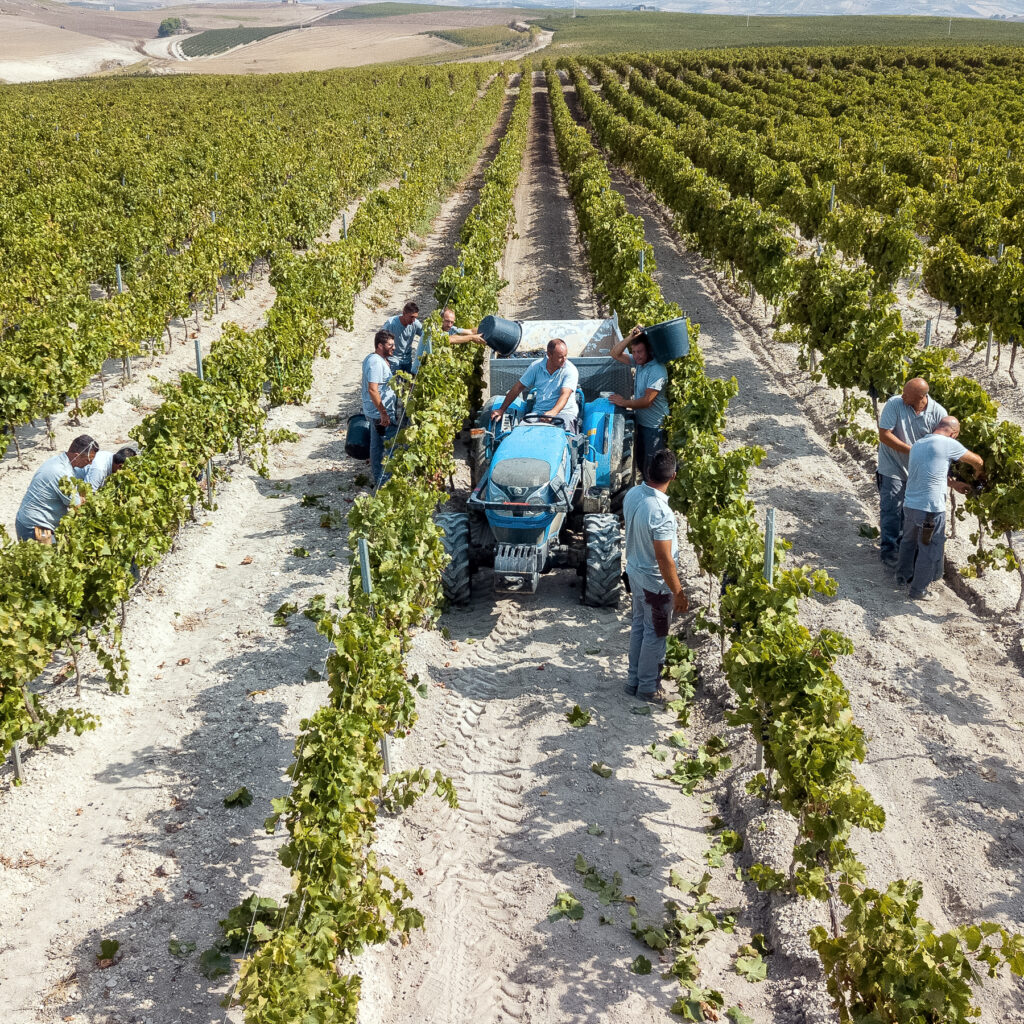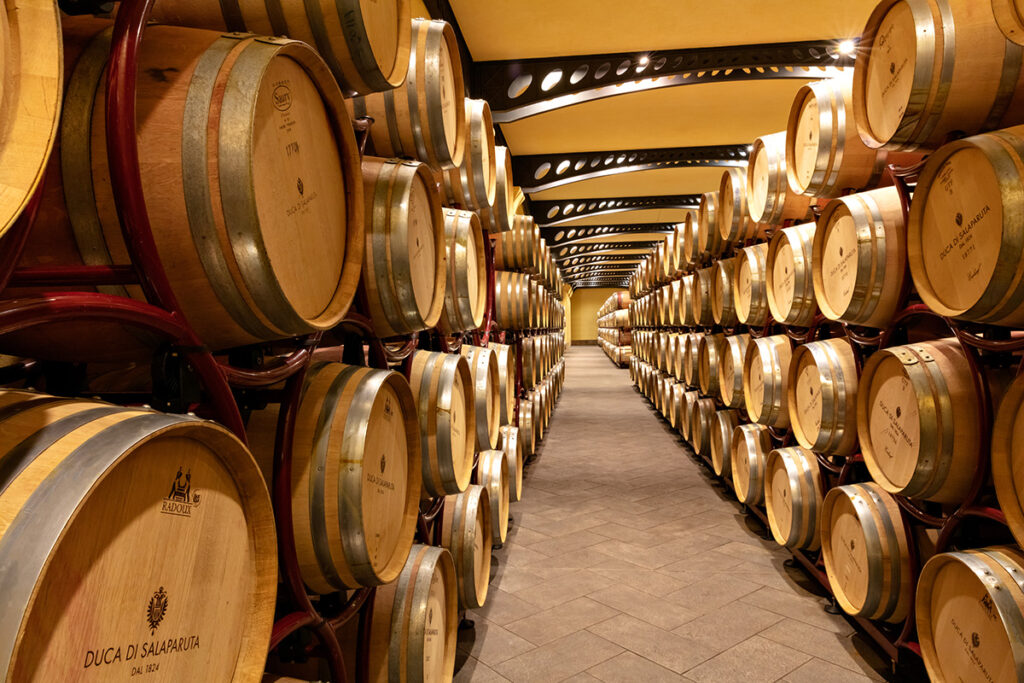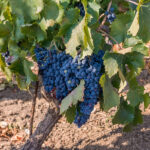Duca di Salaparuta celebrates 200 years of history and wine
Advertising – A 200-year history, told through the territories, the historic estates and, above all, through the wines. Duca di Salaparuta celebrates an important milestone, that of 200 grape harvests, and does so with an eye towards the past and one towards the future.
The company was founded in 1824 by Giuseppe Alliata, Prince of Villafranca, who decided to vinify the grapes coming from his estates in Casteldaccia, in the province of Palermo, in his summer residence, Villa Valguarnera, thus giving life to distinctive wines, already elegant and innovative for that era.
To celebrate the company’s bicentenary, we could only focus on the history and art of the territory, through a wide-ranging wine and cultural project and on a restyling of the labels of iconic wines that embraces Sicilian culture, starting from a vine that is synonymous on excellence for the company: Nero d’Avola.
The first pure Nero d’Avola was born in 1984 and, already from its name, celebrates the story of Duca di Salaparuta: Duca Enrico. “This wine was the first pure Nero d’Avola to receive national mentions,” explains winemaker Salvo Tomasello. “Awarded in 1987, it was the first flash of excellence for Sicily.”

Today there are four Nero d’Avola produced by Duca di Salaparuta: Duca Enrico, Passo delle Mule, Triskelè and Autentici di Sicilia Nero d’Avola. “These are wines brought together by a unique and generous soil, that of the Tenuta di Suor Marchesa, in Riesi, in the heart of Sicily,” continues Salvo Tomasello. “The hill on which they grow is located at 330 meters above sea level and has a white soil, rich in limestone, poor in organic substance, which gives the grapes great aromatic finesse and freshness and elegance to drink”.
The labels become ambassadors of art and beauty thanks to a project that has the city of Bagheria and its greatest artists at its center. Here, therefore, Triskelè’s Nero d’Avola sees on the label an image of Villa Valguarnera, the place where it all began, painted by Emilio Murdolo, the first painter to have expressed himself through Sicilian carts: past, present and future that embrace each other in a single wine.
And not only that: the colors and brushstrokes of Paesaggio dell’Aspra by the great artist Renato Guttuso cover the line of Authentic Sicilian wines while the refined black and white photos by Mimmo Pintacuda tell the story of the territory in the labels of the wines of the Estates. “On the back of the label there is a QR code to be scanned to learn about the history and works of these great artists from Baghera and their connection with our company,” concludes Salvo Tomasello. “This is an important project to raise awareness of this oenological and artistic place.”
With such an important history behind it, it is not surprising that Duca di Salaparuta has invested heavily in hospitality, with the Cellars, especially those of Casteldaccia, open for tastings, tours and events. “Hospitality is the flagship of our company,” explains Maria Elena Bello, Head of the sector, “and it is a beautiful story to tell. We have a very strong storytelling, which is based on our 200 years of history. Then there is the strong bond with the territory and its artists, which we also tell about on the labels of our wines”.
In 2017 the cellars of Casteldaccia underwent a renovation which saw the creation of a meeting and events room and one for tastings which, with their panoramic windows, interact with the territory, from the gardens to the sea. To meet the numerous requests, especially from foreign tourists, the Cellars are open from Monday to Saturday, with different types of visits and tastings, based on the seasons and also the times (reservations are recommended, also online on the website www.duca.it). “About 70% of the customers who come to know our cellars are foreign and this is why our tours are also in English, French, Spanish and Portuguese. We organize events with tastings and music. Next August 10th, for example, we will be among the cellars open for Calici di Stelle”.
What makes the difference, of course, is the story behind every single wine. “Our tours delight wine lovers but also history lovers. They are full of curiosities that we like to tell to make people understand everything behind this world. For example,” concludes Maria Elena Bello, “we tell how Duca Enrico was ahead of his time on the ecological aspect: he had great care and great love for his land and, in 1931, he published the first vegetarian cookbook.”
It is no coincidence that Duca di Salaparuta has always paid close attention to environmental sustainability: it was the first Sicilian company to obtain both the most important certifications on sustainability, Viva and Equalitas. Because the history and richness of a company are also celebrated in the care it has for the territory where its wines are born.





Comments are closed.